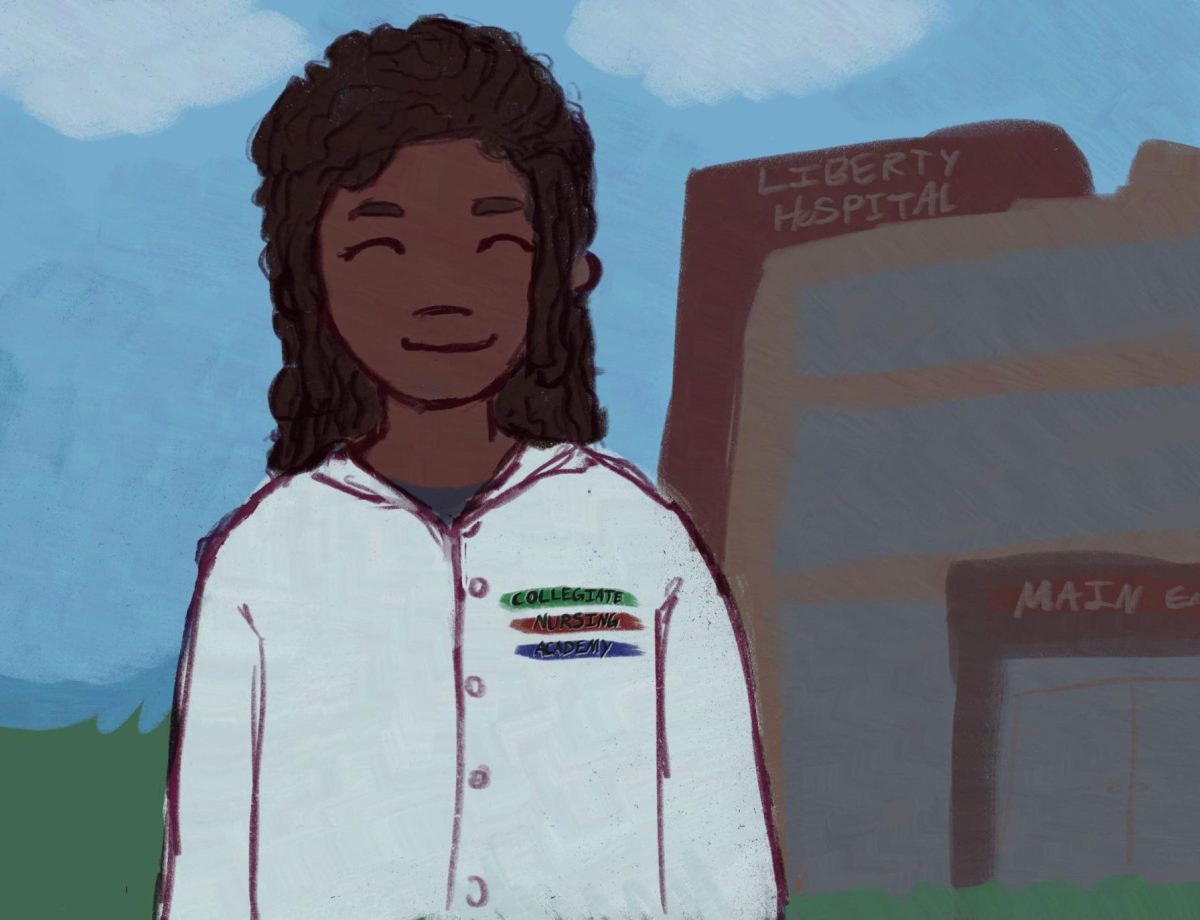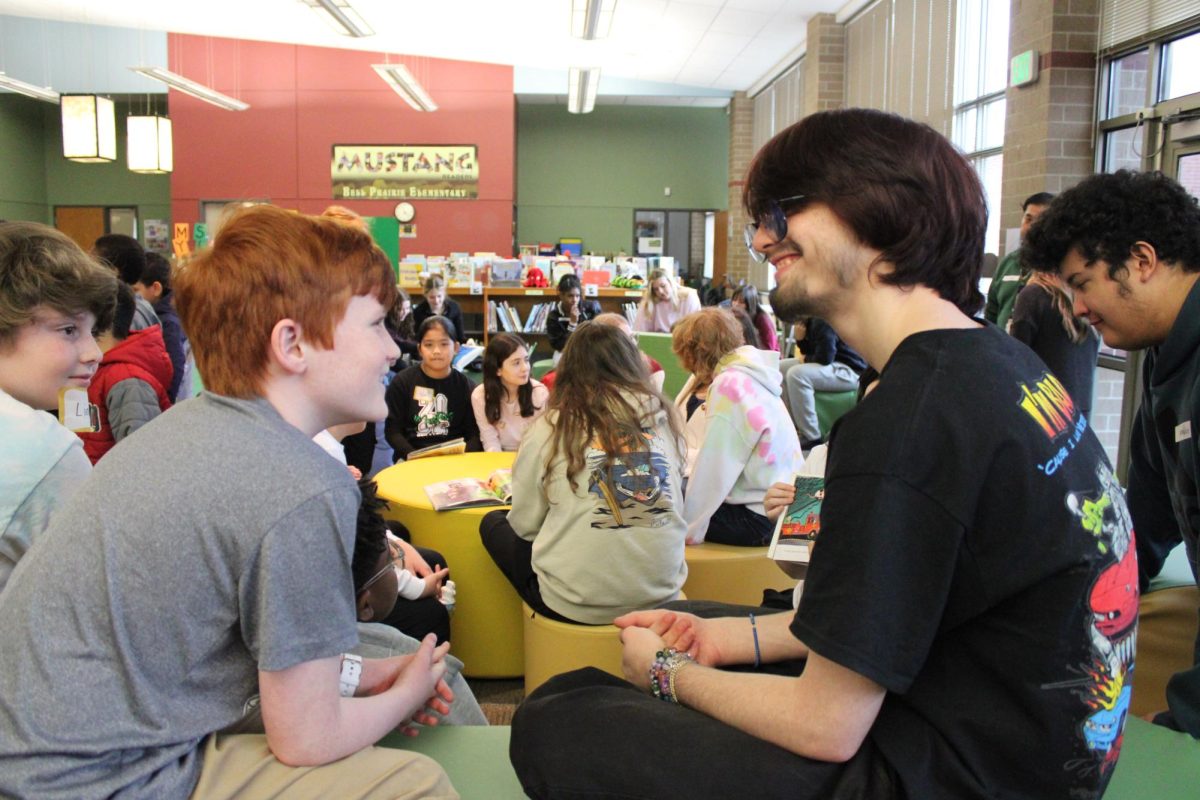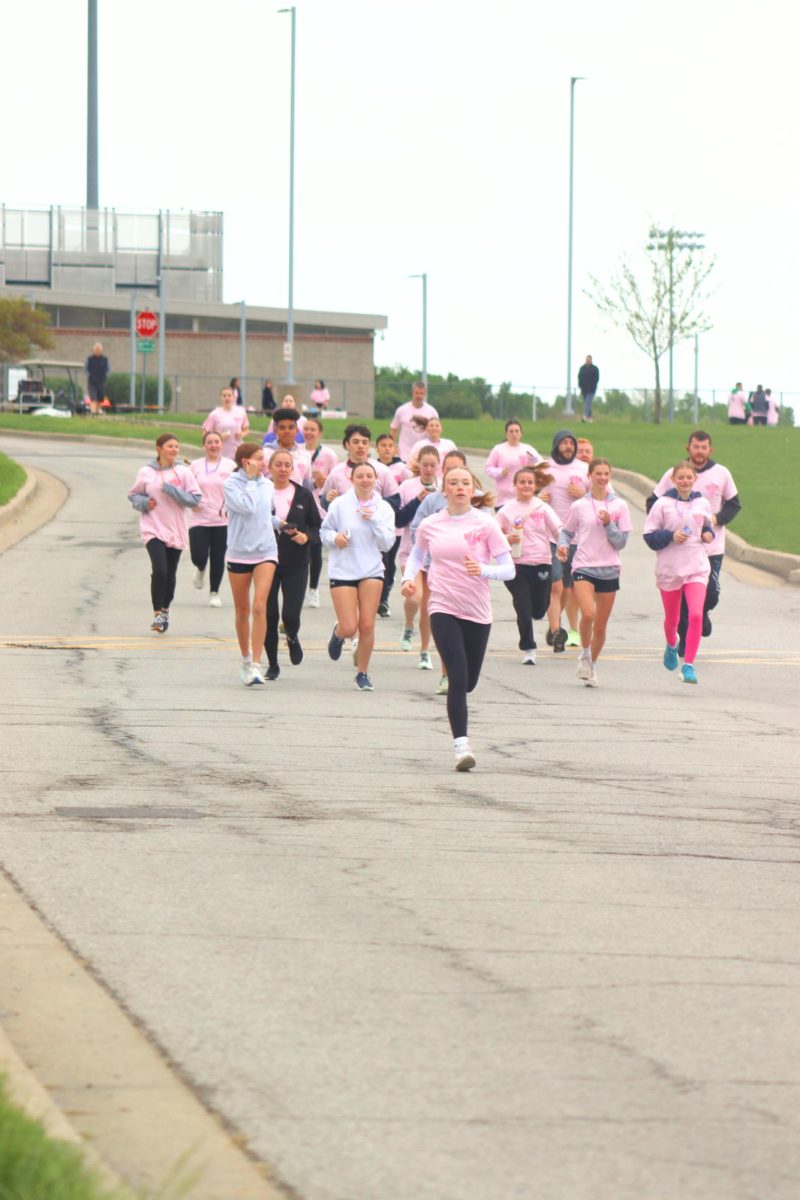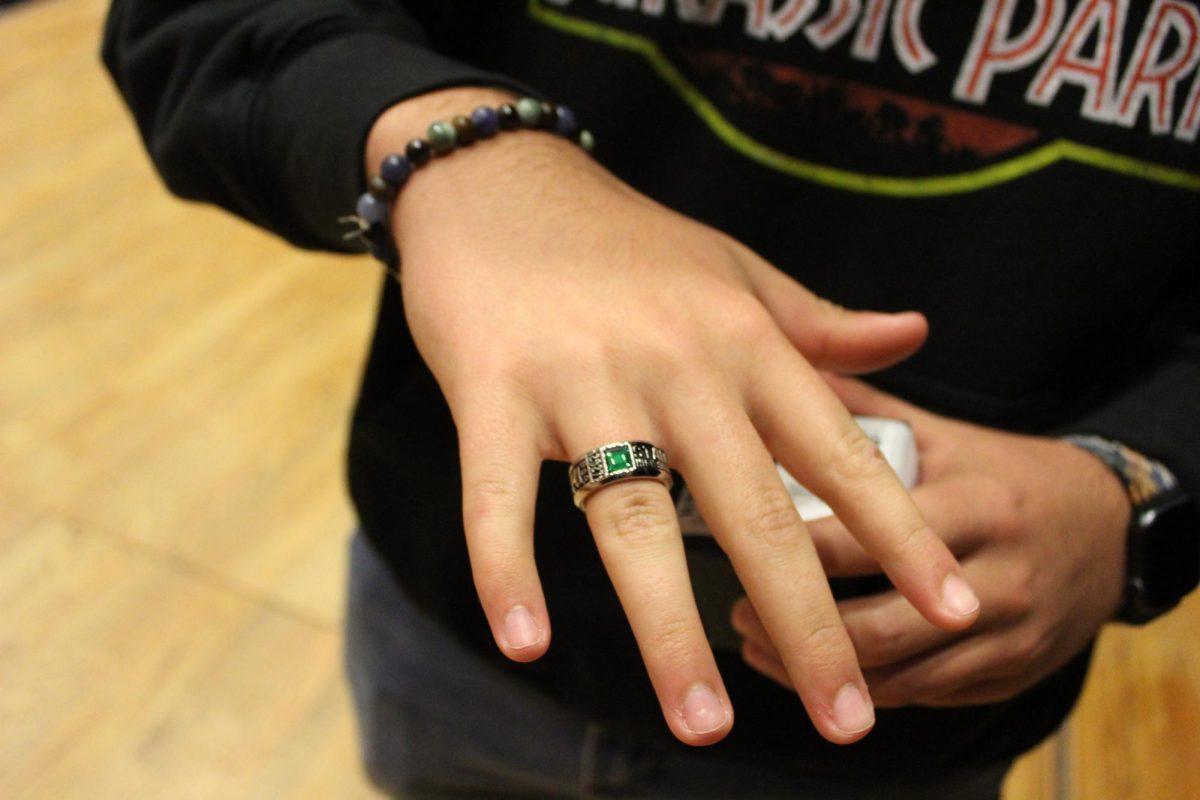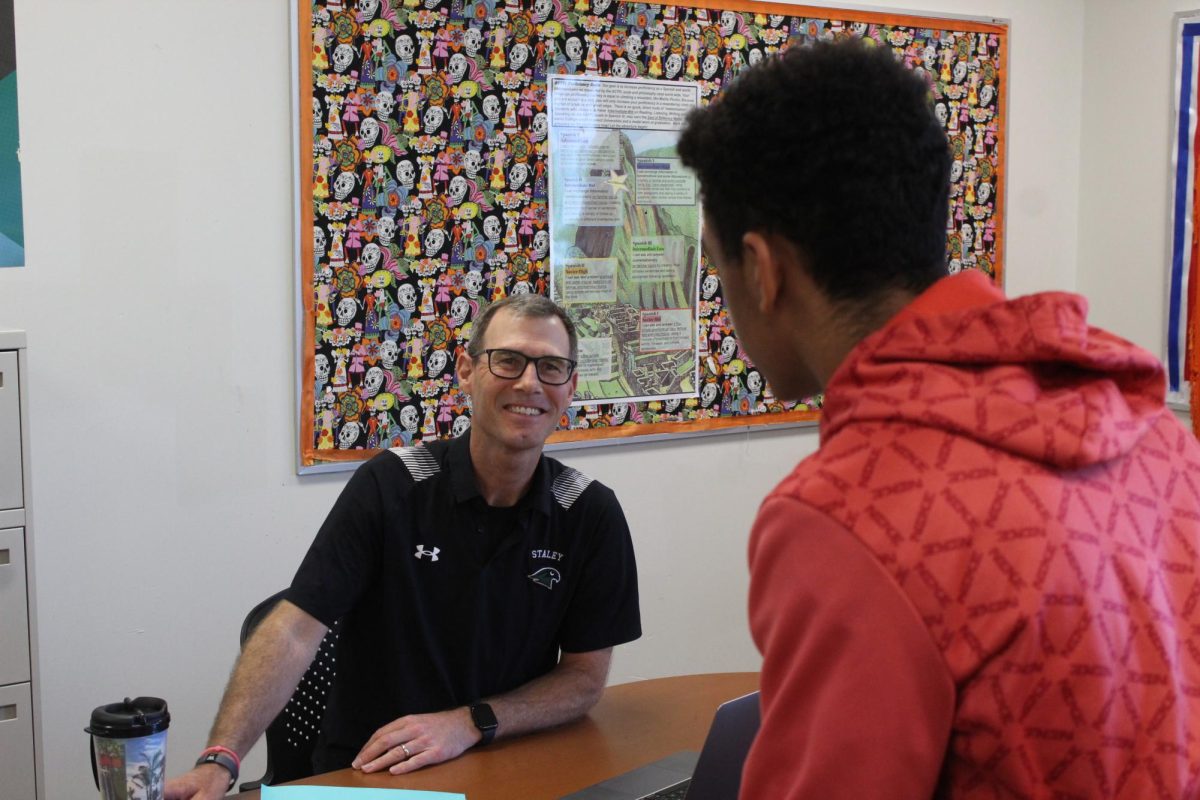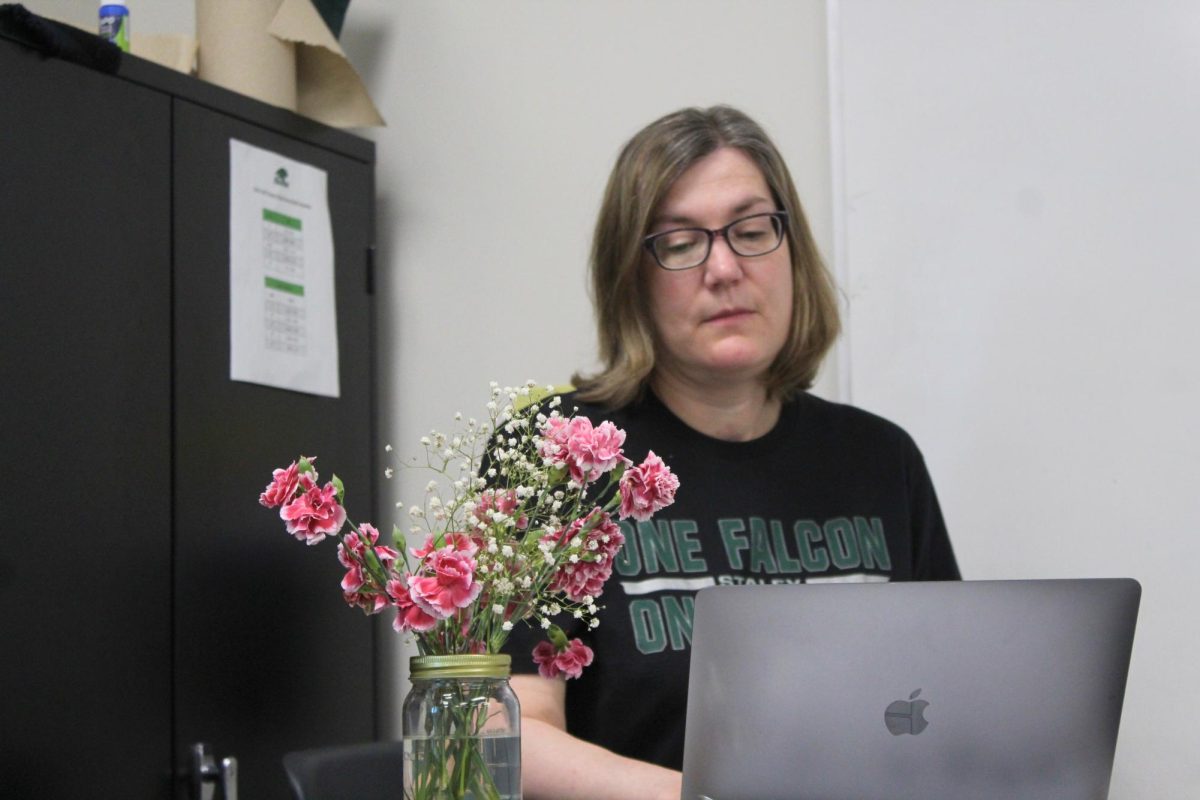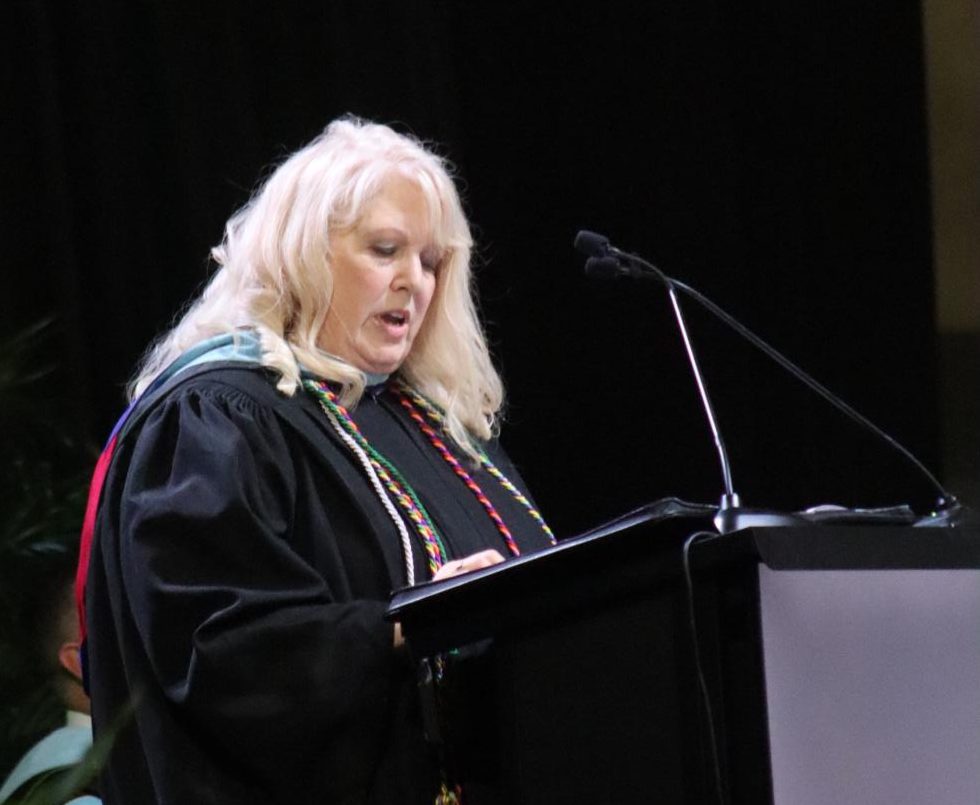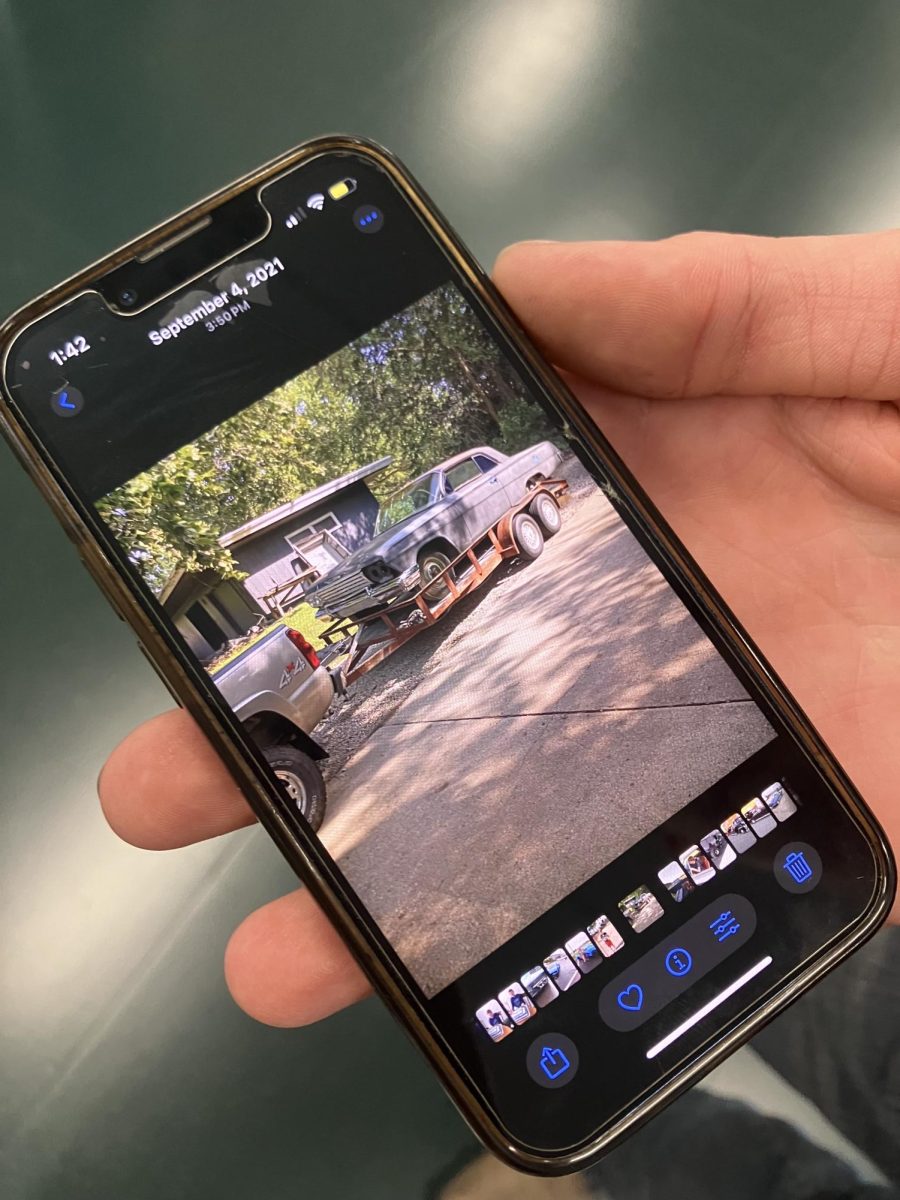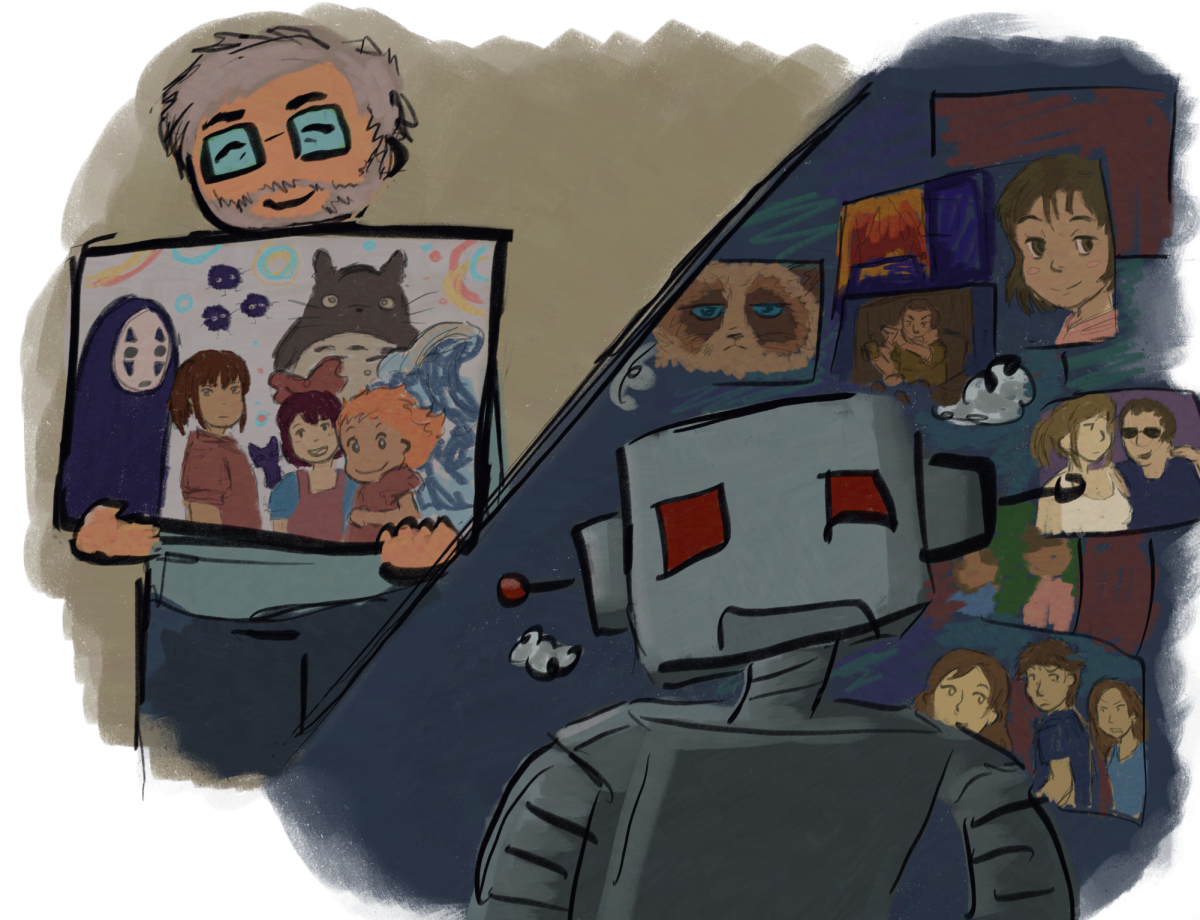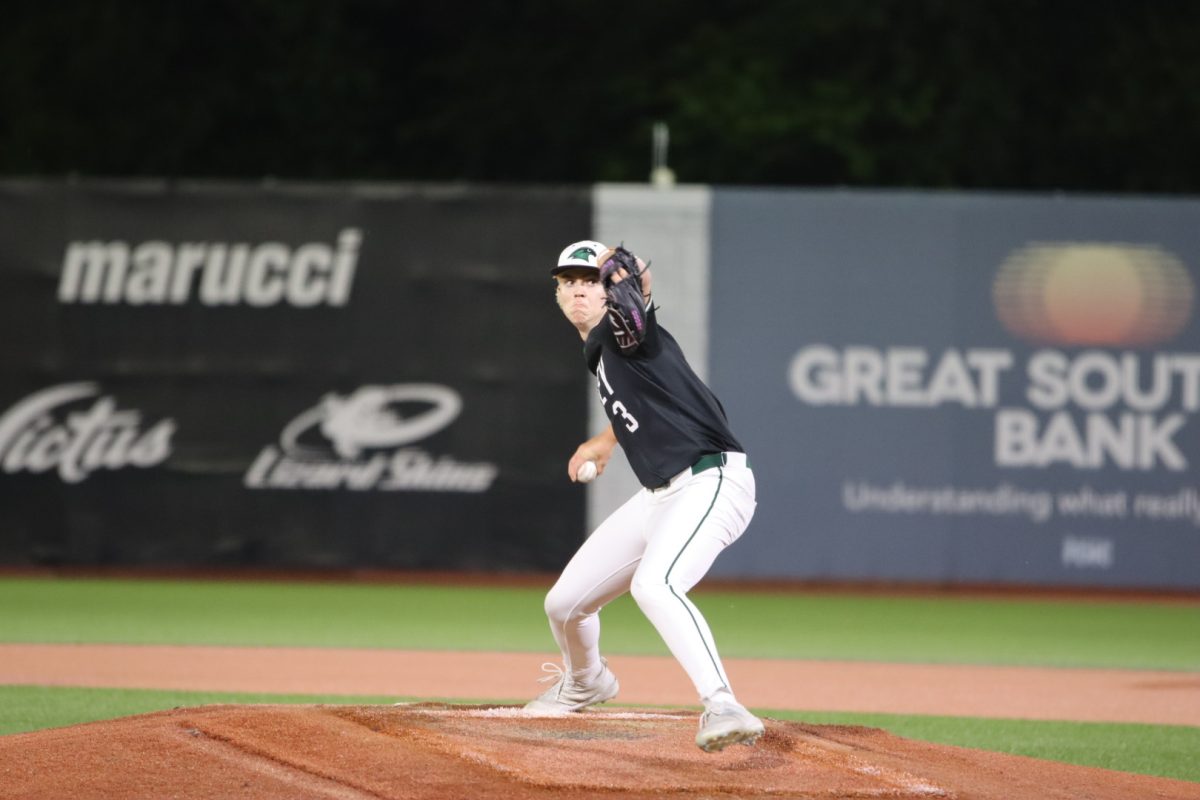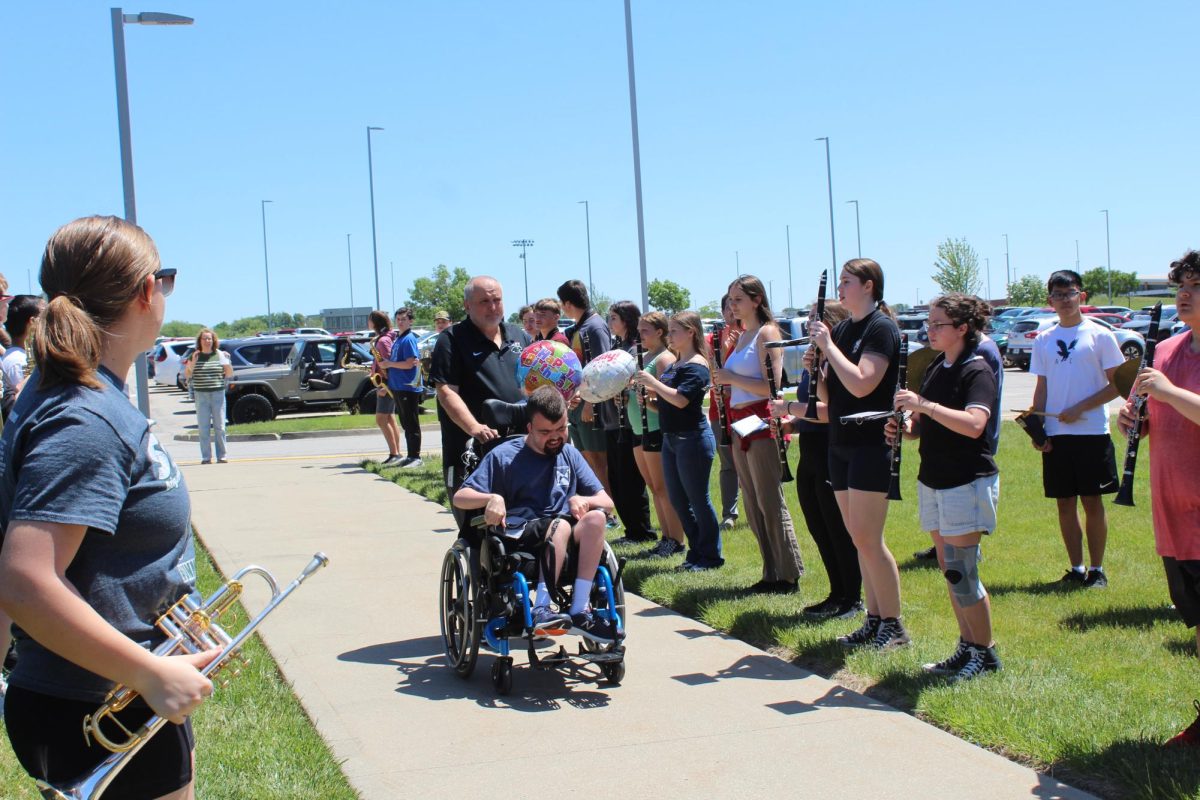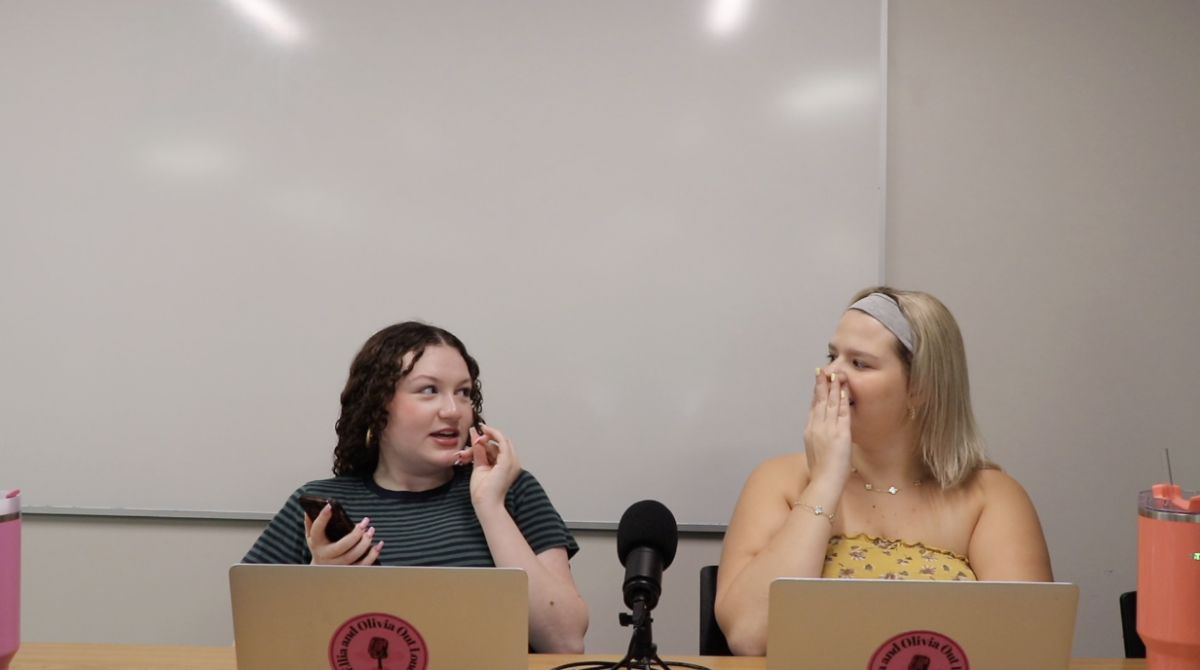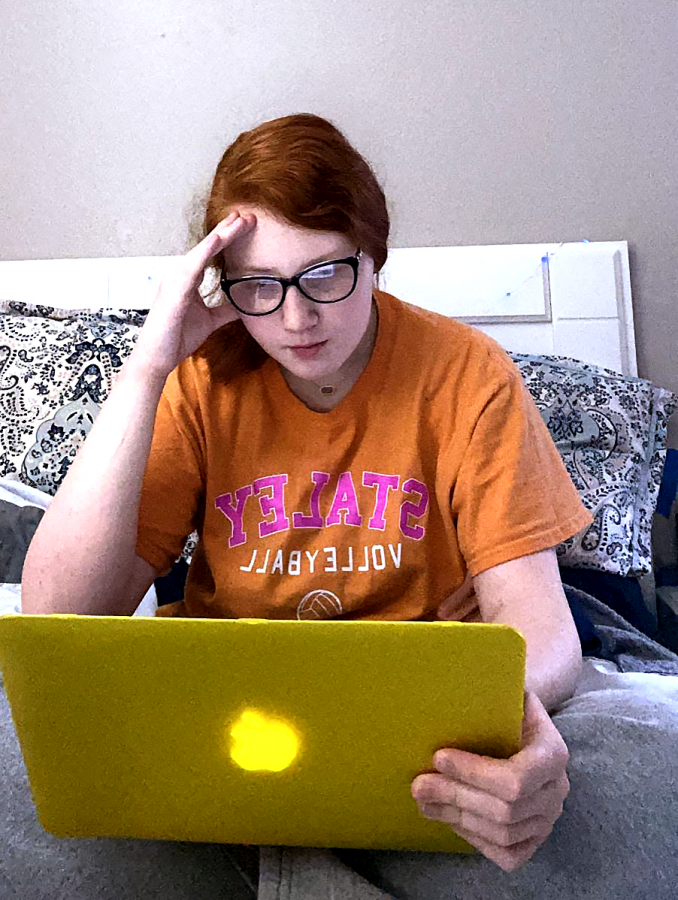Pandemic of the Mind
April 27, 2020
Stay at home orders have been issued for states and cities all across the United States, including Missouri. This is putting people in situations where they are advised to only leave for essential tasks. Many schools were closed students to stay home, leaving students stuck at home. Some students have been affected by this isolation, causing psychological issues.
“It’s made my anxiety worse. I’m stressed out about missing an assignment or doing bad,” said freshman Bailey Santee. “I know my grade can only go up from here, but it’s still stressful.”
One major issue for Santee was not being able to see her friends.
“I’ve definitely felt really lonely,” said Santee. “I don’t get to see my friends at all.”
She also feared losing connection with some of her friends and family.
“We don’t get to see each other in person. We still get to talk over the phone, but the connection isn’t the same,” said Santee.
University of Missouri-Kansas City psychology professor Erin Hambrick, Ph.D., said humans are social creatures, and socialization is a need.
“We, from a biological perspective, have evolved to rely on one another and to feel safe and calmer and soothed when we are in the presence of those who care about us,” said Hambrick. “The reality is, our need right now as a society to preference our physical health is taking away from us the most useful buffer that we tend to rely on and have access to during times of stress.”
Hambrick also said the fear, especially prompted by media reports, could be linked to higher anxiety levels, which is based around human instinct to survive.
“It can cause anxiety in people who tend to not have anxiety,” said Hambrick. “It can definitely exasperate, or worsen or bring about, anxiety in people who are already quite prone to it. Fear for safety is a very primal fear. It is something that really all of us fear. Some of us might exhibit it more than others.”
Hambrick said that as a biological species, survival was extremely important and people would do everything they could to promote survival.
“In the face of something like a virus that you can’t see but that you know are at risk for, some of us at a higher degree than others, it can definitely lead to an increase in the stress response,” said Hambrick.
Hambrick did not want people to be scared of their stress and reminded people that not all stress is bad stress.
“One thing to keep in mind is that it is not inherently bad. In fact, we purposely stress ourselves by going to school and going to the gym because we want to make our systems stronger. We want to learn better. We want to run faster. So, we stress our system so we can incrementally build resilience. The problem right now is that the stress signals are kind of coming at us in chaotic ways,” said Hambrick.
In today’s connected world, messages about the virus, both truth and fallacy, were being spread globally and quickly through media outlets and social media. According to Hambrick, the chaos could also come from people who tended to not experience anxiety.
“Maybe you’re a person who isn’t used to having fears about your safety, and now you’re facing that for the first time,” said Hambrick.
Hambrick said people should not feel worried about sudden feelings of stress and anxiety. It’s all normal for the current situation the world is in.
“One thing that we all have to remember is that stress and anxiety during this time are completely normal, and we don’t have to look into the mirror and say, ‘I’m completely losing it,’ or, ‘I can’t believe I’m feeling stressed,’ because that’s actually a very normal response to these circumstances,” said Hambrick.
During this time, being able to detach and relax were the best ways to cope.
“I’ve definitely been taking breaks when I need to,” said Santee. “During the school hours when it’s been getting too difficult, I’ve been taking a break and just playing on my phone for a little bit or watching a Netflix episode, just trying to take myself out of that situation for a bit.”
With the state of the world in the fight against the COVID-19 pandemic, stress was normal. New levels of stress and anxiety were things many people were experiencing.

